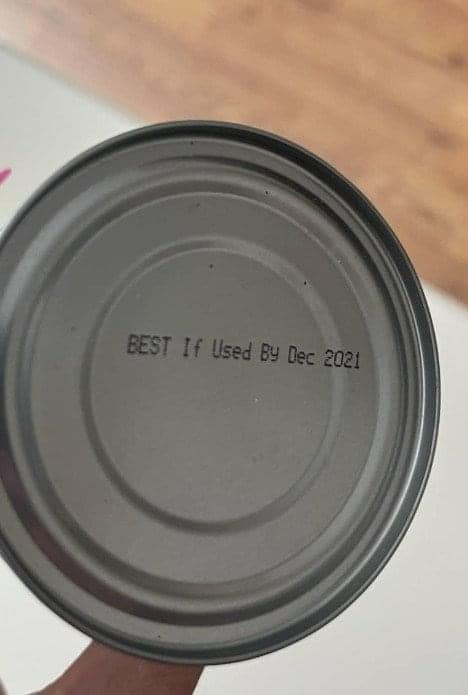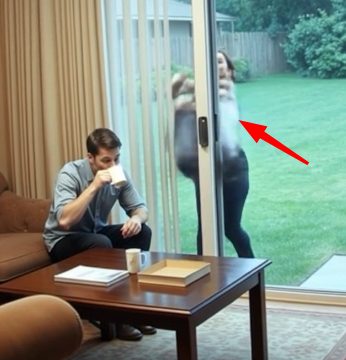Have you ever found yourself staring at the expiration date on a carton of milk or package of chicken, wondering if it’s still safe to use even though it’s slightly past the date? If so, you’re not alone. Many of us get confused about what these dates actually mean, but here’s the good news: according to the United States Department of Agriculture (USDA), those dates are more about food quality than actual safety deadlines.

Decoding Food Date Labels
Food packaging often comes with labels like “Best if Used By,” “Use By,” and “Sell By.” These terms can easily cause confusion and result in unnecessary food waste. However, it’s essential to understand that these dates are mainly indicators of quality, not strict safety cutoffs. Let’s break down what each label really means:
- “Best if Used By”: This label indicates when the product is expected to be at its peak flavor and quality. It’s not a safety date but rather a suggestion for when the food will taste its best.
- “Use By”: This is the last date recommended for enjoying the product while it’s at its best quality. After this point, the food may start to lose its optimal flavor or texture, but it doesn’t automatically mean it’s unsafe to eat.
- “Sell By”: This date is intended for retailers, showing how long the product should be displayed for sale. It’s not a safety guideline for consumers but a way for stores to manage their stock effectively.
Understanding these distinctions can help you make better decisions and reduce food waste. Just because something is a day or two past its date doesn’t mean it’s instantly inedible.
How to Spot Spoiled Food
While many foods are safe to eat after their labeled dates, it’s crucial to know the signs of spoilage. Your senses are often more reliable than printed dates when it comes to determining if something is still good. Here’s what to look out for:
- Mold: Visible mold is a clear indicator that the food has gone bad.
- Smell: A sour, off, or otherwise strange smell is a major red flag.
- Texture: If a food’s texture feels slimy or unusually soft, it’s best to discard it.
- Taste: If something tastes off, don’t risk it—just throw it away.
If you’re unsure, it’s always better to err on the side of caution. Trust your senses, and when in doubt, toss it out.
Tips for Proper Food Storage to Prevent Waste
One of the best ways to extend the shelf life of your food and reduce waste is by storing it properly. Here are some practical tips:
- Refrigeration: Keep your fridge set below 40°F (4°C) and your freezer at 0°F (-18°C). These temperatures help preserve the quality and safety of your food for longer.
- Airtight Containers: Using airtight containers can help maintain freshness and extend the shelf life of many items, especially leftovers and perishables.
- Avoid Overcrowding: Make sure there’s enough space for air to circulate in your fridge and freezer. This ensures even cooling and helps prevent spoilage.
By following these simple storage practices, you can keep your food fresher for longer, reduce waste, and save money in the process.
The Bottom Line
Food expiration dates are more about quality than safety. By understanding what labels like “Best if Used By” and “Sell By” really mean, you can make better decisions about what to keep and what to toss. Remember, just because a product is slightly past its printed date doesn’t mean it’s no longer safe to eat.
With proper storage and by trusting your senses, you can enjoy your food longer while minimizing waste. So, before you toss that slightly expired carton of milk or pack of chicken, take a moment to check if it’s actually gone bad. You might find that it’s still perfectly fine to use!





